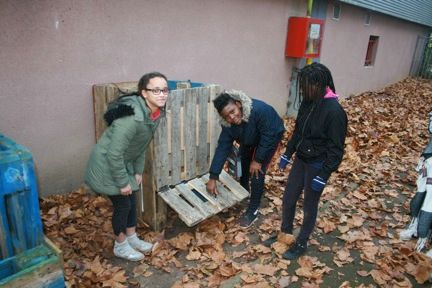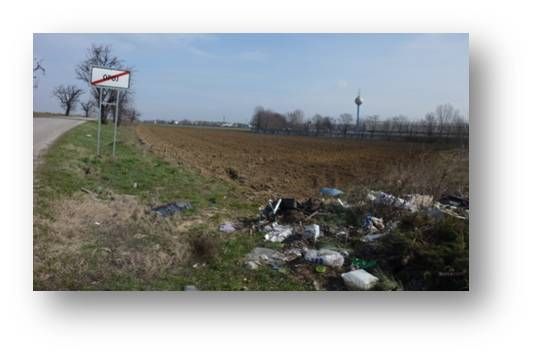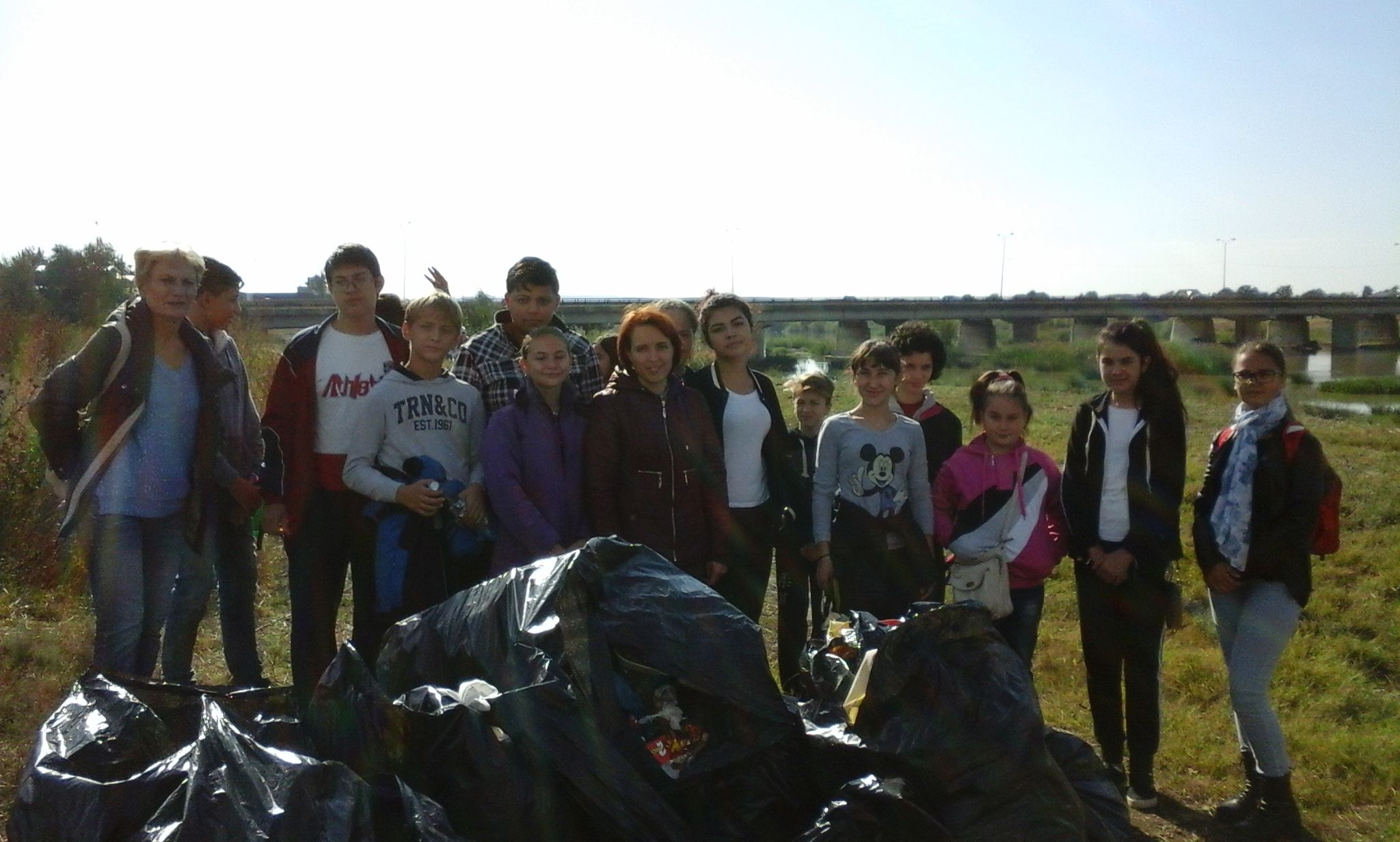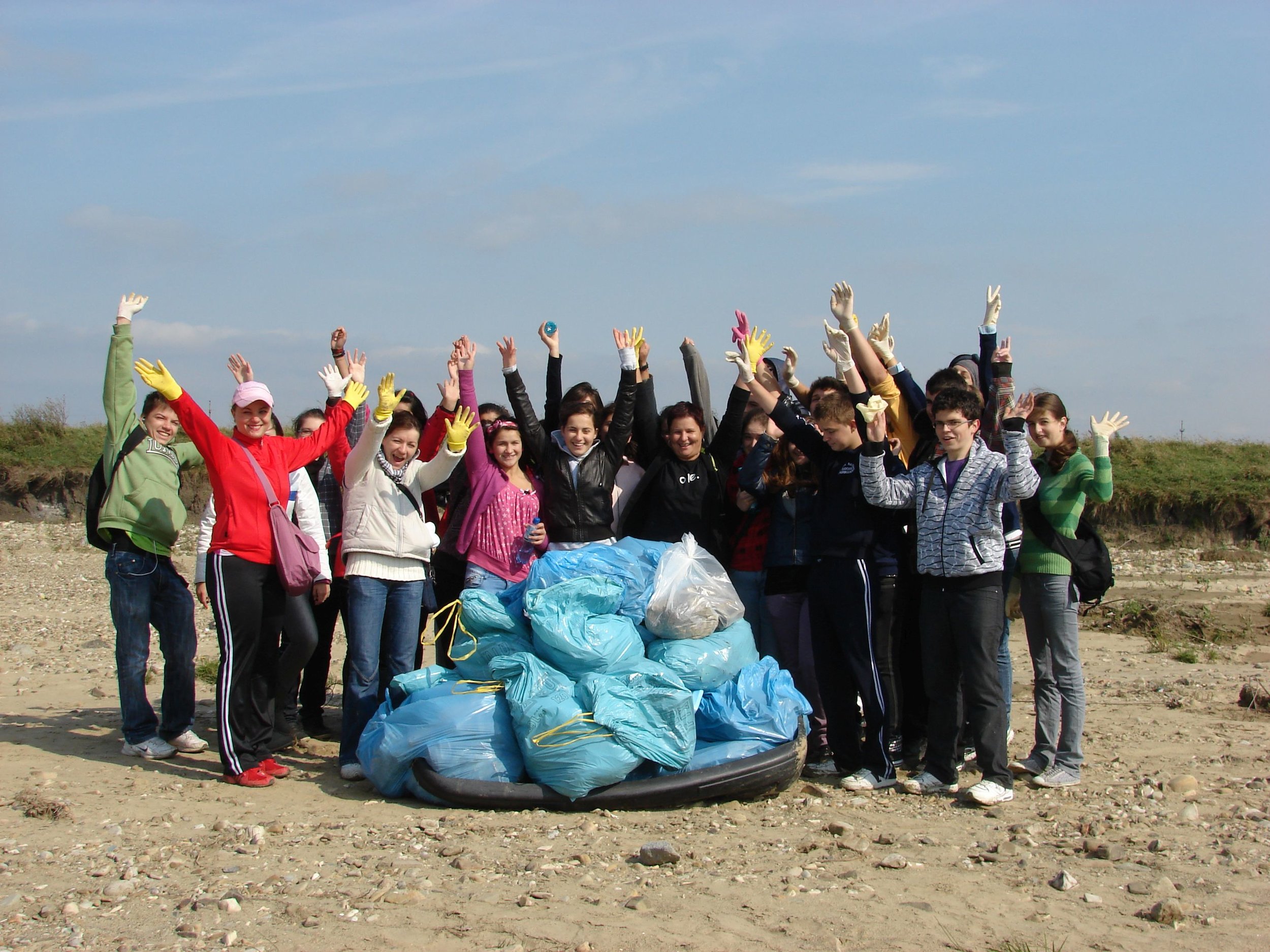We set about researching two litter problems - one internal to our school as well as one external our school.
First of all, we looked at making contact with Broadford Area Residents Association as the estate is right beside us but then we discovered that they were only recently the overall winner in Tidy Districts Competition in 2015. 3. On the basis of ‘If it ain’t broke, don’t fix it” we looked to the other side of the school and discovered that Hillview estate might be an area that could do with a helping hand. And this was indeed the case, as we discovered when we met up with Katie Foy (community worker) and Pat Graydon (member of the Estate Management Forum). They said that Hillview had been “the most improved estate” the previous year but that there was still a lot of work to do. They explained that the main causes of the problem were the social deprivation in the area, the lack of bins at the lower end of the estate and the fact that a high percentage of the residents are teenagers, some of whom tend to be less conscientious when it comes to disposing of their litter. Having said all that, they also said that much of the litter comes from people using the area as a ‘through-way’ to get to other destinations. They told us that the litter problem is at its worst after big occasions like Christmas, Halloween and New Year’s. Even factors like windy days can add to the problem as bins are knocked over. Although there is a monthly general tidy-up on the last Saturday of every month, residents say the problem persists.
We could see from our research that we had our work cut out for us. As a result, with the help of the Hillview Resource Centre we organised a clean-up day for Tuesday 21st March 2017. Twenty BCS students visited the Hillview estate from 9:00 am until midday, armed with gloves, litter-pickers and DLRCoCo refuse sacks. We made a bee-line for the litter hotspots such as cul-de-sacs, the playing fields and the fences that catch all the rubbish blown to the bottom end of the estate. We even recovered a broken bicycle seat and half a football boot from the bushes nearby! In all we filled approx. 17 sacks of mixed refuse, which we parked in two different locations for collection (as identified by Martin, the caretaker). Many students also spoke with interested local residents about the need to take pride in one’s area.
We then turned our attention towards the litter problem in our own school. Audits had been completed in the recent past for our Green Schools bid and recycle bins had been placed in every classroom as well as the General Purpose Area. However, problems persisted, especially in the GPA. We decided to interview the caretaker, Mr Hughes, to find out his thoughts on the issue and how the situation could be improved.
He told us that although the GPA has a wide variety of bins for different types of waste, the students were simply not using them because they were neither ‘motivated’ nor ‘inspired’ to use them.
We thought about this and agreed that what we needed was something ‘urban’, something that would ‘capture the imagination’ and one of our team hit upon it: Dunk da Junk. The concept was simple: it is common to see students in schools testing their sporting skills by ‘dunking’ waste paper in classroom bins. Why not extend this to a larger bin, designed to look like a basketball hoop, net and back-board? Plans were drawn up by some of our handy Transition Year students, and, with a little help from our metalwork and woodwork teachers we fashioned a bin that turned our vision into a reality.
And it’s been successful. Since it has been installed in the GPA our caretakers Don, Yong and Carmel have seen an estimated 30% decrease in litter at morning and lunch breaks.
We have now publicised our project across a variety different media platforms – our school Facebook account 4, our school Twitter account 5 and the Dundrum Gazette 6. So far, we have received positive responses and even some enquiries.
To conclude, this project has increased our awareness of the problem of littering in our locality. We realise that although clean-ups improve the situation, it is best to tackle the problem through prevention at source, by attempting to change the thoughts and habits of both residents and students. If residents and students take pride in their areas, then the problem of litter will solve itself – not just in Ballinteer but across the globe.
























